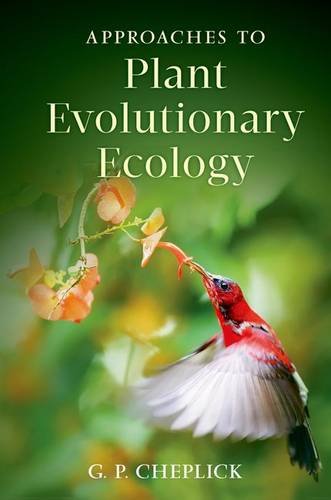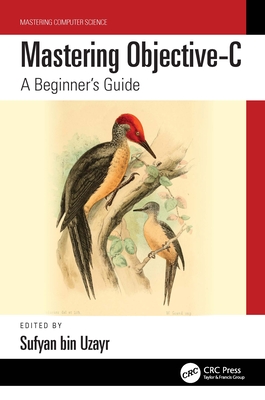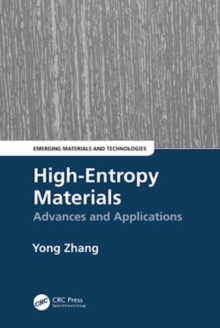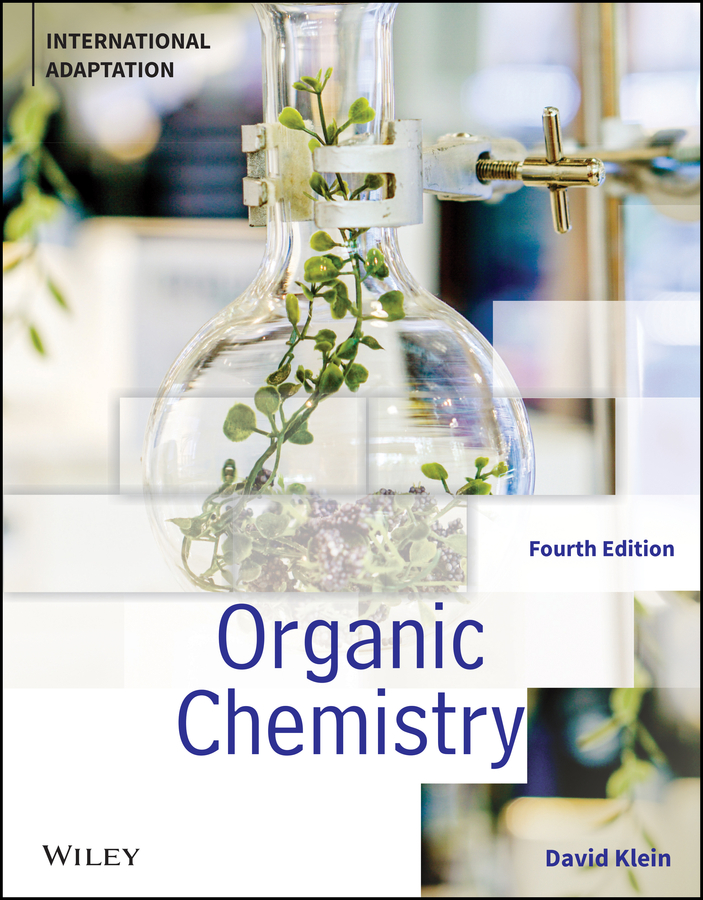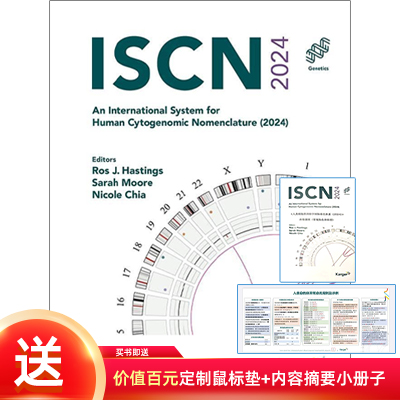图书简介
This book introduces the rapidly growing field of plant evolutionary ecology. It summarizes and synthesizes much primary literature, providing a historical context for the study of populations. It also examines both traditional (common gardens, reciprocal transplants) and modern (molecular genetic) approaches used to address questions about adaptation to abiotic and biotic factors.
Contents; Preface; Acknowledgments; 1. The Domain of Evolutionary Ecology; 1.1 Introduction: The individual in ecology and evolution; 1.2 Plant evolutionary ecology; 1.3 The time scale of evolutionary ecology; 1.4 Principles and general themes of evolutionary ecology; 2. Natural Selection in the Plant Population; 2.1 Natural selection as a population attribute; 2.1.1 Classifying the agents of selection; 2.1.2 Natural selection as cause vs. effect; 2.1.3 How natural selection causes microevolution; 2.1.4 The meaning of genotype by environment interactions; 2.1.5 Can selection occur without an external agent?; 2.1.6 Internal agents and the evolutionary role of development; 2.2 Allelic, genotypic, and phenotypic selection; 2.2.1 The classic case of Avena barbata; 2.2.2 Deviations from Hardy-Weinberg expectations; 2.2.3 Selection analysis of quantitative traits; 2.2.4 Experimental approaches to natural selection; 2.3 Natural selection in plants: what have we learned?; 3. The Common Garden Approach; 3.1 Introduction; 3.2 Single common garden, no environmental factors varied; 3.3 Multiple common gardens, no environmental factors varied; 3.4 Single or multiple common gardens, one or more environmental factors varied; 3.5 Natural selection in the common garden; 3.6 Questions and considerations in using common garden experiments; 3.7 Utility and applications of the common garden approach; 4. Reciprocal Transplant Experiments; 4.1 Introduction; 4.2 A brief aside on adaptation; 4.3 Testing hypotheses with the standard design; 4.4 Diversity of reciprocal transplant approaches; 4.4.1 Modification and expansion of reciprocal transplant designs; 4.4.2 Long-term experiments; 4.5 Selection coefficients and selection gradients; 4.6 Reasons for the lack of local adaptation; 4.7 Reciprocal transplant experiments: where to from here?; 5. Molecular Approaches; 5.1 Introduction: what is molecular ecology?; 5.2 Molecular genetic variation within and between populations; 5.2.1 Allozymes; 5.2.2 DNA markers; 5.2.3 Life history traits and molecular variation; 5.2.4 Comparisons of population differentiation: molecular markers vs. quantitative traits; 5.3 Molecular approaches to studying selection and adaptation; 5.3.1 Correlations of molecular markers with environmental variables; 5.3.2 The molecular genetic basis of adaptation; 5.4 Other uses of molecular markers; 5.4.1 Gene flow; 5.4.2 Fine-scale genetic structure; 5.4.3 Hybridization; 5.5 Wrap up; 6. Abiotic Agents of Selection; 6.1 Introduction; 6.2 Edaphic factors; 6.2.1 Population responses to distinct soil types; 6.2.2 Metalliferous soils; 6.3 Climatic factors; 6.3.1 Temperature; 6.3.2 Precipitation, drought, and soil water; 6.3.3 Climate change; 6.4 Other abiotic factors; 6.4.1 Light; 6.4.2 Salt; 6.5 Wrap up; 7. Biotic Interactions. I. Competition & Facilitation; 7.1 The ubiquity of biotic interactions; 7.2 Competition and competitive ability; 7.3 Genetic variation in competitive ability; 7.4 Differentiation, local adaptation, and competition; 7.4.1 Genetic differentiation; 7.4.2 Reciprocal transplants and local adaptation; 7.4.3 Fine-scale adaptation to neighbors; 7.5 Genotypic interactions and competitive outcomes; 7.5.1 Genetic relatedness and intraspecific competition; 7.5.2 Sibling competition and kin selection; 7.6 Selection experiments; 7.7 Other genetic aspects of competition; 7.8 Allelopathy; 7.9 Facilitation; 7.10 Wrap up; 8. Biotic Interactions. II. Microbial Symbiosis; 8.1 The ubiquity of plant-microbe interactions; 8.2 Parasites/pathogens; 8.2.1 Genetic variation in host resistance; 8.2.2 Local adaptation; 8.2.3 Host sexual reproduction; 8.3 Rhizobial bacteria; 8.4 Mycorrhizae; 8.5 Systemic leaf endophytes; 8.5.1 Genetic variation in host response; 8.5.2 Local adaptation; 8.6 Wrap up; 9. Biotic Interactions. III. Animals; 9.1 Animals as agents of natural selection; 9.2 Herbivory; 9.2.1 Quantitative genetic variation and selection for resistance and tolerance; 9.2.2 Selection on quantitative candidate traits; 9.2.3 Plant adaptation; 9.2.4 Molecular genetic approaches; 9.3 Pollination; 9.3.1 Genetic variation in floral traits; 9.3.2 Pollinator-mediated selection; 9.3.3 Floral adaptation; 9.3.4 Molecular genetic tools; 9.4 Fruit and seed dispersal; 9.4.1 Selection mediated by fruit consumers; 9.4.2 Molecular genetic tools; 9.5 Wrap up; 10.Future Directions; 10.1 A few predictions; 10.2 More than a few questions; 10.2.1 Natural selection and adaptation; 10.2.2 Biotic interactions
Trade Policy 买家须知
- 关于产品:
- ● 正版保障:本网站隶属于中国国际图书贸易集团公司,确保所有图书都是100%正版。
- ● 环保纸张:进口图书大多使用的都是环保轻型张,颜色偏黄,重量比较轻。
- ● 毛边版:即书翻页的地方,故意做成了参差不齐的样子,一般为精装版,更具收藏价值。
关于退换货:- 由于预订产品的特殊性,采购订单正式发订后,买方不得无故取消全部或部分产品的订购。
- 由于进口图书的特殊性,发生以下情况的,请直接拒收货物,由快递返回:
- ● 外包装破损/发错货/少发货/图书外观破损/图书配件不全(例如:光盘等)
并请在工作日通过电话400-008-1110联系我们。
- 签收后,如发生以下情况,请在签收后的5个工作日内联系客服办理退换货:
- ● 缺页/错页/错印/脱线
关于发货时间:- 一般情况下:
- ●【现货】 下单后48小时内由北京(库房)发出快递。
- ●【预订】【预售】下单后国外发货,到货时间预计5-8周左右,店铺默认中通快递,如需顺丰快递邮费到付。
- ● 需要开具发票的客户,发货时间可能在上述基础上再延后1-2个工作日(紧急发票需求,请联系010-68433105/3213);
- ● 如遇其他特殊原因,对发货时间有影响的,我们会第一时间在网站公告,敬请留意。
关于到货时间:- 由于进口图书入境入库后,都是委托第三方快递发货,所以我们只能保证在规定时间内发出,但无法为您保证确切的到货时间。
- ● 主要城市一般2-4天
- ● 偏远地区一般4-7天
关于接听咨询电话的时间:- 010-68433105/3213正常接听咨询电话的时间为:周一至周五上午8:30~下午5:00,周六、日及法定节假日休息,将无法接听来电,敬请谅解。
- 其它时间您也可以通过邮件联系我们:customer@readgo.cn,工作日会优先处理。
关于快递:- ● 已付款订单:主要由中通、宅急送负责派送,订单进度查询请拨打010-68433105/3213。
本书暂无推荐
本书暂无推荐
